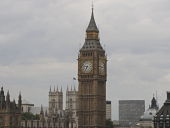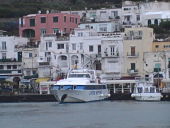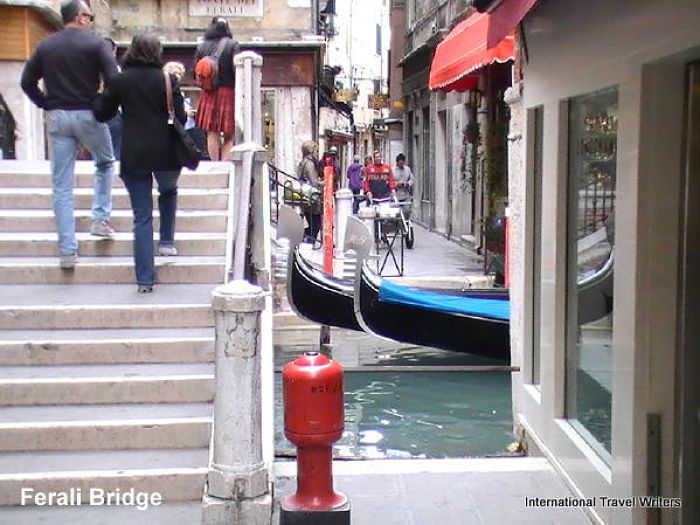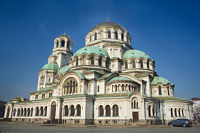City of Bath, England
(by Angela Youngman)

Set in a valley surrounded by gentle hills, the city of Bath, England is definitely one of the prettiest cities to explore. Soft mellow golden stone has been used for all the buildings, creating a very sunny, welcoming sight to visitors.
People have been coming here for centuries, drawn by the iron rich mineral waters. The Romans were the first to construct a large complex of baths and much this still remains. Stone soldiers stand guard high above the Great Bath. Stairs lead down to the original Roman pavement. A soft mist drifted upwards from the warm greenish water. The constantly moving water creates fantastic flickering reflections of the surrounding columns and the sky above.

A natural spring nearby offers the opportunity to taste the water. Warm, slightly tangy and brackenish, the water has a distinct taste but is actually quite refreshing on a hot sunny day. It is also said to be health giving. Although bathing in the Roman baths is no longer possible, a few minutes walk away is the Thermae Bath Spa which offers the opportunity to enjoy the waters in a dramatic open air, rooftop pool possessing stunning views across the city. This has to be one of the most luxurious experiences possible, especially at dusk when the Bath Abbey and the Pump room are illuminated.
The best way to see as much of Bath as possible is to take an open topped sightseeing bus. With two separate routes, it provides a way of covering an incredible amount of ground. One route covers the main part of the city visiting places like the Royal Crescent, The Circus, Milsom Street, Bath Abbey while the other heads out onto the hills offering a spectacular opportunity to see the skyline of Bath and visit the enchanting Prior Park landscape gardens.

Culture is definitely a key feature of the city of Bath. There are several very good museums including the Holbourne of Menstrie Museum which contains paintings by Gainsborough and Turner, and ceramics by Wedgewood. The Bath Postal Museum, tucked away near Pulteney Bridge is a delight offering lots of unusual items such as a bank note showing how eighteenth century travellers would cut it in two, so as to send it safely through the mail! Perforation machines show how the holes around stamps were made, and there is a room of firsts, including the World’s first Christmas stamp, the first pigeongramme, first parcel post wrapper, and postal mail from the first 100 mile flight.

Pulteney Bridge itself is worth a close look. Completed in 1774, it connected Bath with the newly built suburb known as Bathwick. Unlike most bridges you cannot walk across and look down on the river – shops line each side of the bridge in a style reminiscent of the Pont Vecchio in Florence There is also a spectacular, purpose built ‘V’ shape weir which almost resembles a waterfall crossing four different levels.
As evening falls, one of the best ways to discover the hidden history of Bath is to take one of the many walking tours. There are ghost tours, a comic look at the sites known as Bizarre Bath, a foodies tour and even tours carried out by former down and outs who tell of life on the streets.
Related Articles......
Return from City of Bath To International Travel Homepage
Having trouble finding what you need? International Travel Writers Index and Map
OR
Do you have a travel experience or story to share? Share your travels here!
By Carolynne Woods, © Copyright 2010-2020. International Travel Writers.com All rights reserved images and text















